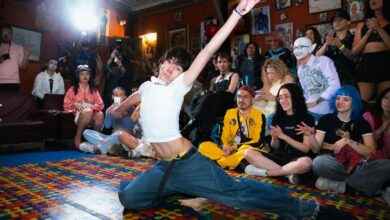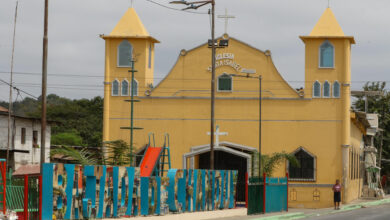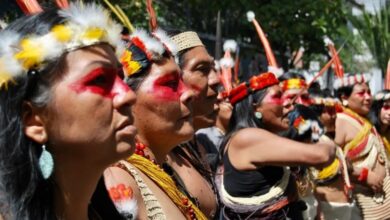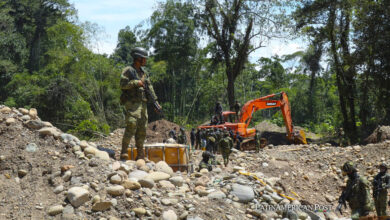Ecuador Solstice Warriors Dance Harvest and History in Cotacachi
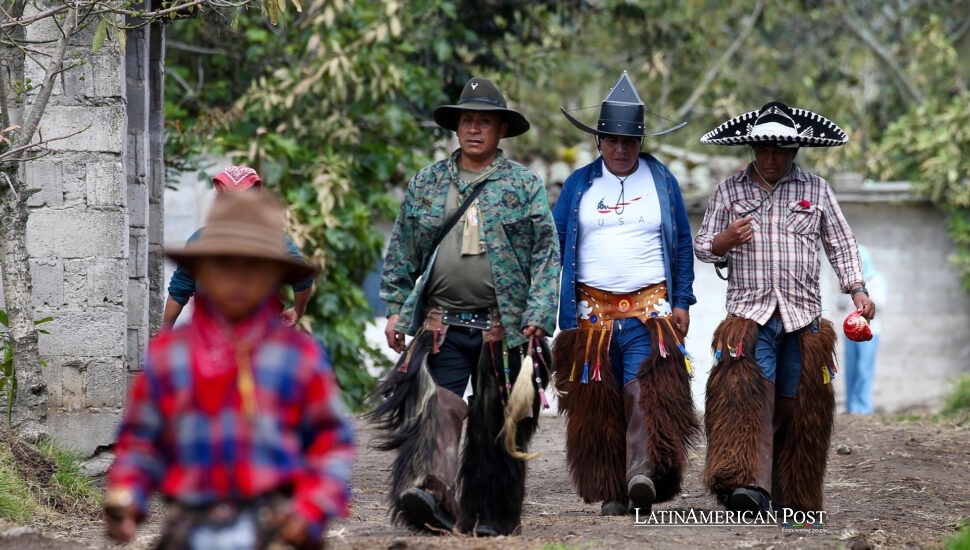
Drumbeats bounced off sun-bleached peaks in Cotacachi, Ecuador, on Tuesday as thousands of Kichwa men and women poured into the town square, reviving Inti Raymi—the Inca solstice ritual that blends harvest thanksgiving with a bold declaration of Indigenous presence.
Marching Through Maize and Memory
The June solstice marks the beginning of the first harvest on the Andean calendar. In Cotacachi, a small town tucked into the highlands of northern Ecuador, it also begins something more urgent: a season of embodied memory and thunderous movement.
“Inti Raymi is how we thank our Pachamama, our Earth mother,” said Santiago Ulloa, a community leader from La Calera, as he guided his group two steep kilometers down into town. Behind him came men in goat-skin chaps and turquoise whips and women in embroidered blouses, everyone stepping in rhythm to a cadence barked out beneath Ulloa’s black-braided hair and felt hat.
The march is no tourist show. It’s a tradition stretching back to Inca statecraft when local lords would journey to Cusco to pledge loyalty and receive the year’s blessings. Spanish missionaries later denounced the ritual as pagan, trying to stamp it out.
But Cotacachi kept it alive—reshaping it over centuries into what anthropologist Blanca Muratorio calls “memory in motion.” The parade, she writes, is not just a celebration; it’s a walking archive of colonial resistance, etched into every footstep on the dusty trail.
“We have one hour to reach the plaza,” Ulloa said, glancing at the sun. “We always arrive on time.”
Whips, Flutes, and the Politics of Footsteps
Cotacachi sits in Imbabura Province, long known as the beating heart of Ecuador’s Indigenous resistance. The 1990 national uprising, which galvanized Indigenous rights nationwide, first flared in these hills. Tuesday’s procession still hums with that fire.
“This isn’t just a festival,” said municipal cultural coordinator Alfonso Morales. “Every community comes down the mountain to show the state and the church that we’re still here.”
Groups entered the square in waves, each village announcing itself with a whirl of flutes, drums, and whips tipped with buffalo hide, hand-cut and stained in months of communal labor. On their heads, men wore pressed-board sombreros with flared brims—battle armor turned ceremonial crown.
According to Ketty Wong, a University of Texas musicologist, the dancers’ rhythmic footfalls mirror hoe strokes, turning ancient labor patterns into choreography. The flutes and panpipes, tuned to pre-Columbian pentatonic scales, wove haunting melodies over the boom of boots on stone.
“It’s protest and rebirth, all at once,” said Jesús Flores, 22, from Cushcagua. “These were the dances the priests banned. Now they ring the church bells to start them.”
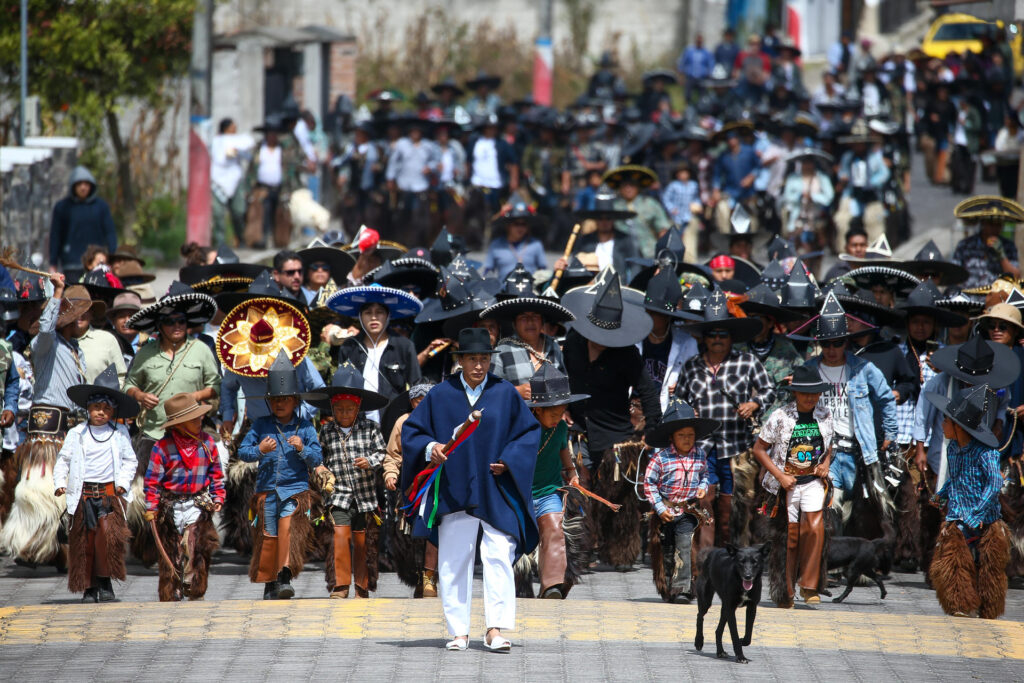
Keeping Rivalry From Turning to Riot
For all its beauty, Inti Raymi hasn’t always been peaceful. In the not-so-distant past, the intensity of inter-village rivalries sometimes tipped into violence.
“We used to see bottles, even guns,” recalled Jairo Chilán, a local police officer keeping watch from the square’s edge. “I’ve seen years with bodies lying in the plaza.”
A 2018 study from FLACSO University in Quito traced many of the clashes to long-standing land disputes, often made worse by alcohol. That changed when community elders—and, notably, women—stepped in.
Three years ago, women like Luisa Moreno, captain of the Cumbasconde women’s brigade, began patrolling the ranks.
“We make sure they don’t drink too much. We get people home safely,” she said, adjusting the crimson shawl that signals her role as a peacekeeper. “They listen to us.”
Sociologist Sarah Radcliffe connects these roles to the Andean belief in duality and balance—where masculine and feminine forces are meant to complement and restrain one another. This year, there were shoves but no serious fights, each one quickly calmed by Moreno’s whistle and outstretched hand.
Solstice Ritual, Tourist Spectacle—and Something More
As the sun hit its zenith and the square filled with color and sound, it was clear this ancient rite had become something else: a spectacle watched by the world.
Cotacachi has marketed itself as a destination since the early 2000s—leather workshops, stunning mountain views, and an annual parade that pulses authenticity and spectacle. The old adobe homes ringing the plaza now house cafes, boutiques, and a growing community of foreign retirees.
“The place is perfect,” said Linda, a 69-year-old Canadian watching wide-eyed from a doorway. “It’s like stepping into another time.”
Town officials say Inti Raymi brings in nearly half a million dollars in local revenue annually. But scholars like those at Universidad Andina Simón Bolívar have raised concerns: what happens when the tourist expectations shape ritual? When authenticity is adjusted to fit camera angles or bus schedules?
For now, the heart of the festival holds.
Ulloa’s contingent stepped into the square at precisely the hour he’d promised. He raised his voice in Kichwa, urging calm and respect. An interpreter beside him translated:
“Walk peacefully. No fighting.”
And they did.
The drums kept pulsing, the flutes kept weaving, and the soles of a thousand boots struck the packed earth like rain, like thunder, like memory itself.
Also Read: Glitter Endures as Brazil’s Paulista Parade Salutes Queer Elders’ Fight
In this highland town, where the sun turns and the maize ripens, Cotacachi remembers who it is—and makes sure the world hears.

